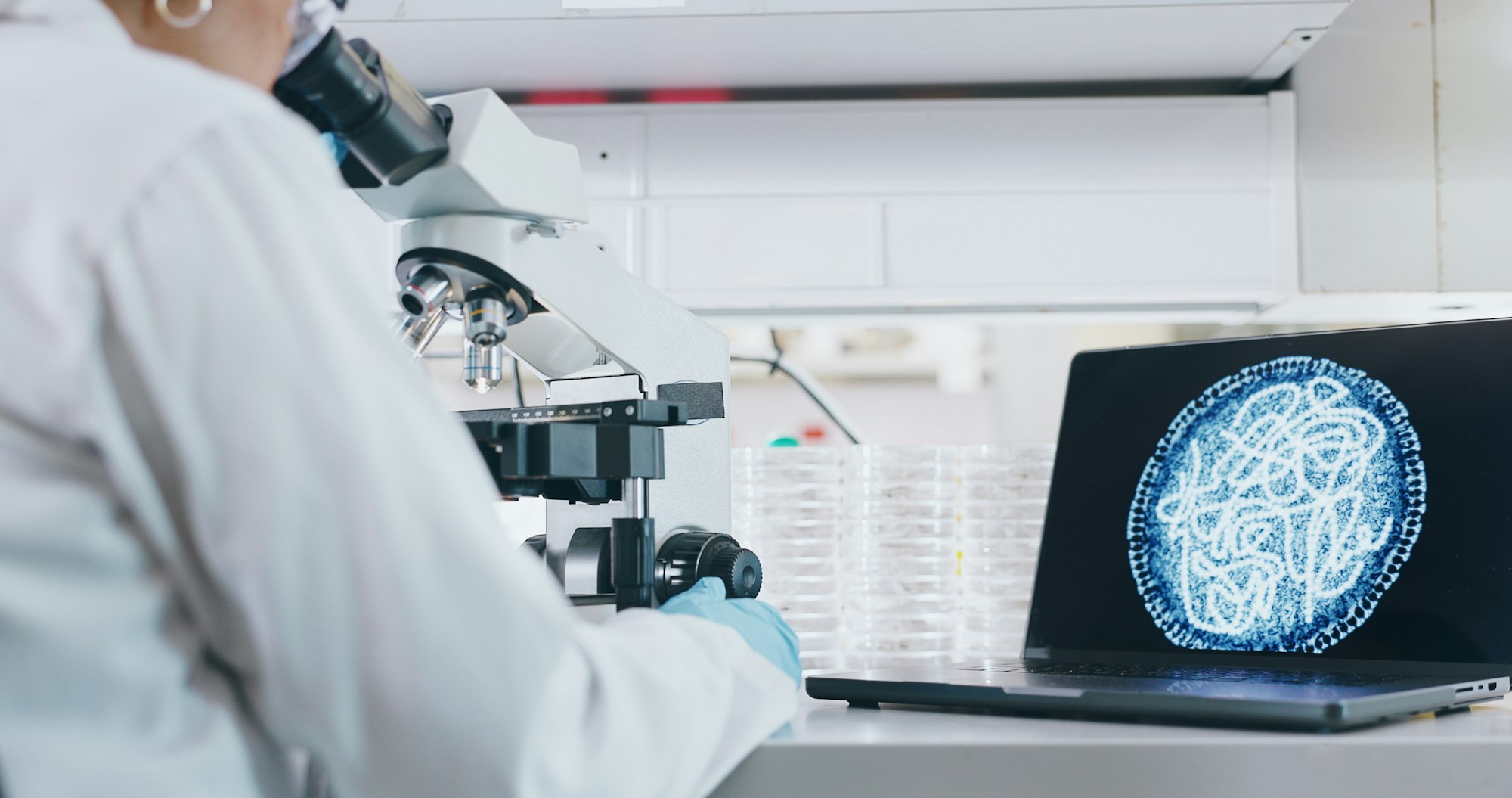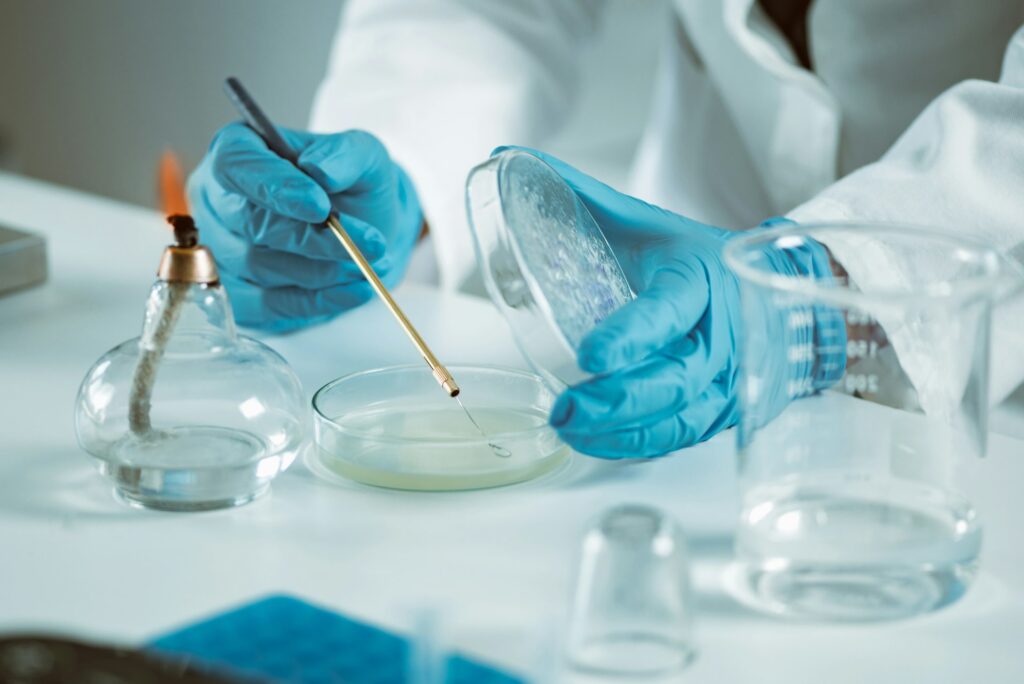Address
33-17, Q Sentral.
2A, Jalan Stesen Sentral 2, Kuala Lumpur Sentral,
50470 Federal Territory of Kuala Lumpur
Contact
+603-2701-3606
info@linkdood.com
Address
33-17, Q Sentral.
2A, Jalan Stesen Sentral 2, Kuala Lumpur Sentral,
50470 Federal Territory of Kuala Lumpur
Contact
+603-2701-3606
info@linkdood.com

Antimicrobial resistance (AMR) is a looming crisis where bacteria and other microbes have evolved to resist the medications traditionally used to eliminate them. This phenomenon is causing about 1.2 million deaths annually, and experts predict this could escalate to 10 million by 2050, surpassing deaths from major diseases like cancer and HIV. It’s a pressing issue that demands innovative solutions.

At the University of Oxford, Dr. Harrison Steel and his team are at the forefront of developing AI technologies that can identify effective treatments for severe infections swiftly. Their groundbreaking tool, the “Evolution Machine,” can detect the type of bacteria from a blood sample in just minutes, crucial for treating life-threatening conditions like sepsis, where timing is critical.
The team also uses AI-enhanced photomicrography to observe bacterial behavior closely. This advanced technique allows quick testing of various antibiotics to find the most effective treatment against the identified bacteria, significantly speeding up the treatment process by providing immediate results.
Despite technological advancements, the decreasing effectiveness of existing antibiotics remains a major hurdle. The innovation in new antibiotic development is lagging, with only a few drugs in the pipeline capable of combating the most resistant bacteria. Continuous development of new antibiotics is vital to keep pace with bacterial evolution.
Equally critical is the availability of these advanced solutions worldwide, especially in low- and middle-income countries, which are often hit hardest by AMR. The high costs associated with new technologies could hinder their widespread adoption, making equitable access a key challenge in the global strategy against AMR.
The development of new technologies must also consider ethical implications and adhere to global health regulations. It’s essential that these innovations are used responsibly and benefit all parts of society.
Discover how AI-powered tools at Oxford University are changing the game in the fight against antimicrobial resistance, offering quicker and more effective diagnostic and treatment options.

Answer: Antimicrobial resistance (AMR) occurs when bacteria, viruses, fungi, and parasites evolve to resist the drugs that are designed to kill them. This makes infections harder to treat, leading to longer illnesses, higher medical costs, and increased mortality. AMR is a significant health threat because it could lead to 10 million deaths annually by 2050, surpassing the combined deaths from major diseases like cancer and HIV.
Answer: At the University of Oxford, researchers are developing AI-powered technologies to improve the diagnosis and treatment of drug-resistant infections. Notably, they have created the “Evolution Machine,” which can quickly identify bacterial infections from blood samples within minutes. Additionally, they use AI-enhanced photomicrography to observe bacterial behavior and rapidly test various antibiotics, helping doctors determine the most effective treatment options promptly.
Answer: The primary challenges in combating AMR include the decreasing effectiveness of existing antibiotics, the need for continuous development of new antibiotics, and ensuring global access to advanced diagnostic and treatment technologies. To overcome these challenges, there must be sustained innovation in drug development, equitable distribution of new technologies to low- and middle-income countries, and adherence to ethical and regulatory standards to ensure responsible use of these advancements.
Sources The Telegraph